The community benefits
Lang Ranh village (Son Ba commune, Son Ha district, Quang Ngai province) has about 90% of households being H're ethnic people. For a long time, the selection of plants and breeds to support and guide people in farming and raising livestock has encountered many difficulties.
The situation changed significantly when at the end of 2019, Lang Ranh village was selected to establish a group to raise hybrid wild boars.
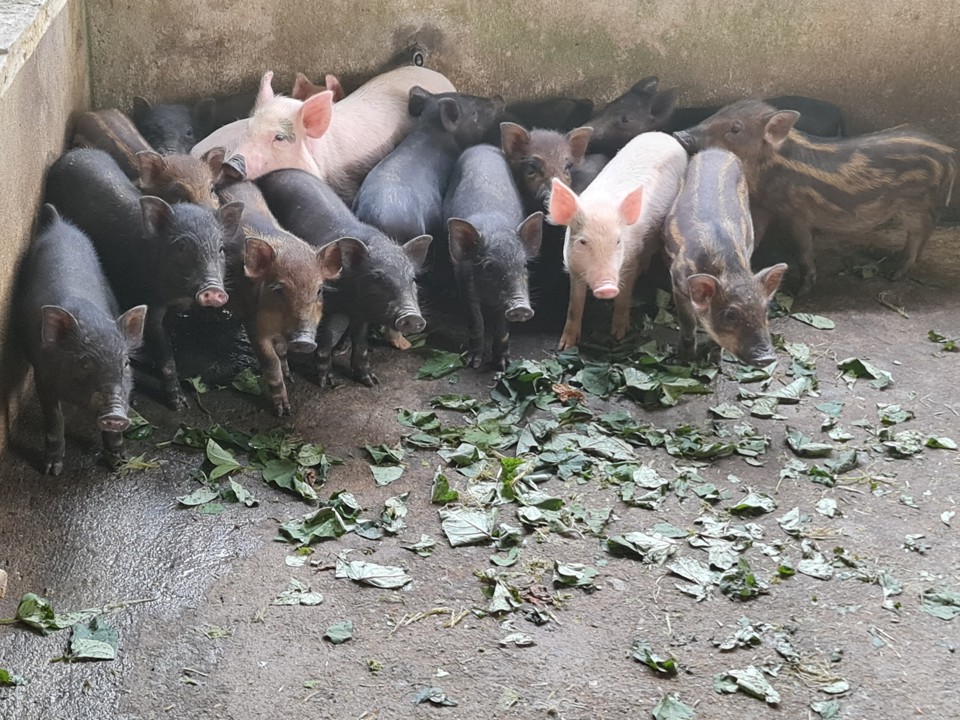
This is a breed of pig that people have known for a long time but has not paid much attention to, so it is still raised in the traditional, ineffective way. Thanks to the active support of the government in many aspects, after a period of testing, 35 households participating in the model all know how to raise pigs, and the herd of pigs has developed well.
“By participating in the model, my family learned how to grow vegetables and grass to feed pigs. The government also supported people to borrow money to build barns and expand the scale of livestock farming. Many households not only raise pigs for meat but also breed them to sell to those in need,” said Ms. Dinh Thi Ri (Lang Ranh village).
Hybrid wild boar is a cross between wild boar and native pig, so it has its own characteristics. Unlike other pig breeds, hybrid wild boar is easy to raise, highly adaptable, less prone to diseases, firm, lean, delicious meat, so it is favored by the market. Currently, the locality is not worried about output because many units have agreed to consume the product.
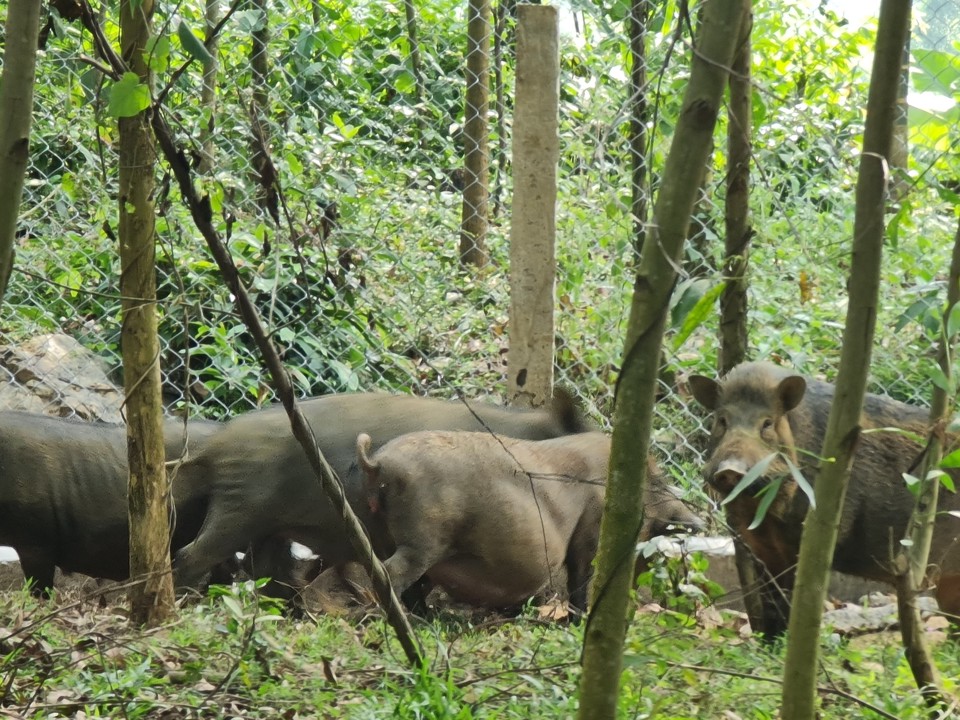
“The success of the hybrid wild boar breeding model has opened up opportunities for poverty reduction for local people. Up to now, the whole commune has hundreds of households that have succeeded with this model,” said Vice Chairman of Son Ba Commune People’s Committee Dang Van Minh.
For many years now, instead of growing rice, many farming households in Kim Loc village (Tinh Chau commune, Quang Ngai city) have switched to growing fish mint and have a stable source of income. Many households have escaped poverty and become economically prosperous thanks to fish mint.

Mrs. Nguyen Thi Nu's family has 4 sao of land to grow annual crops, but because they have not found suitable crops, depending on the season, they sometimes grow rice, sometimes grow corn.
Seeing that fish mint requires little investment but has high profits, she initially planted 1 sao of fish mint on trial, then saw the potential so she continued to expand, invested in reinforced concrete pillars and covered 4 sao of fish mint with tarpaulin to shade the sun and drilled a well to proactively have a water source for irrigation during the dry season.
“Fish mint is a perennial plant, so the harvest cycle lasts up to 10 years. Thanks to that, I can sell vegetables all year round, earning an average of 7 million VND per sao per month,” said Ms. Nu.
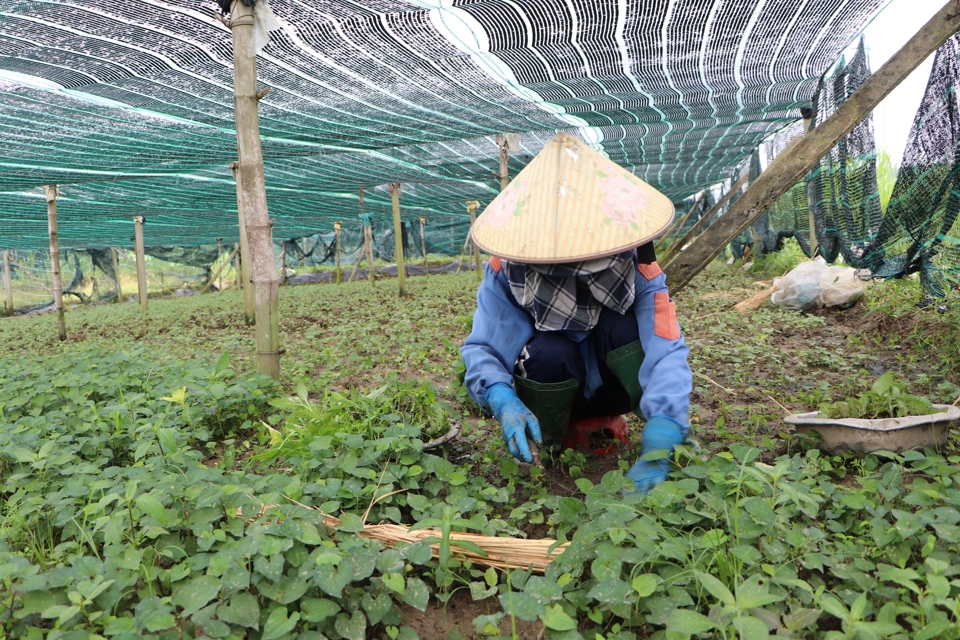
To increase production efficiency, the local government also supports people in investing in production systems, providing technical guidance, and gradually building the fish mint brand to become a key local product in the project "One Commune One Product".
From only a few households experimenting with growing on an area of a few sao, Tinh Chau commune now has about 180 households growing fish mint with a total area of more than 20 hectares (of which 2.6 hectares have been certified VietGap).
“Compared to rice cultivation, growing fish mint is about 3 times more effective. Currently, the locality is encouraging people to apply VietGap growing process, helping products to be consumed conveniently and prices to be stable” - Chairman of Tinh Chau Commune Farmers' Association Huynh Van Hieu said.
Replicating effective models
According to the Department of Agriculture and Rural Development (DARD) of Quang Ngai province, there are currently dozens of advanced agricultural production models and projects in the area, suitable to the climate and soil conditions of each region, the farming practices of the people and the agricultural development orientation of the province, bringing high economic efficiency.
Many models and projects have been actively replicated by localities such as: clean vegetable growing model meeting VietGap standards; specialized fruit tree growing areas; raising hybrid wild boars; intercropping aquaculture in cages on rivers and at sea, etc.
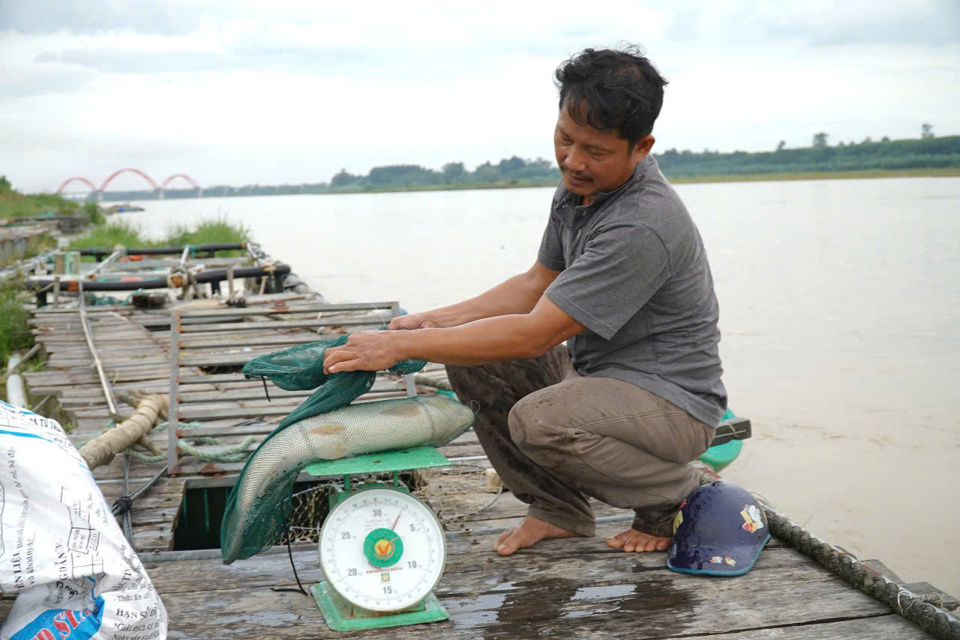
In the coming time, in addition to continuing to replicate effective models to improve people's lives, the agricultural sector will focus on building new agricultural extension models to ensure close linkages from production to product consumption according to the value chain, in line with the development orientation of the agricultural sector and associated with restructuring the agricultural sector.
“Prioritize the development and replication of agricultural production models combined with eco-tourism; application of high technology in agriculture; agricultural production adapting to climate change. We also encourage farmers to implement forms of association, develop concentrated production areas towards food safety, VietGAP, meeting the requirements of the export market” - Deputy Director of Agriculture and Rural Development of Quang Ngai province Nguyen Quang Trung said.
Source: https://kinhtedothi.vn/quang-ngai-mo-hinh-nong-nghiep-hieu-qua-giup-cong-dong-thoat-ngheo.html




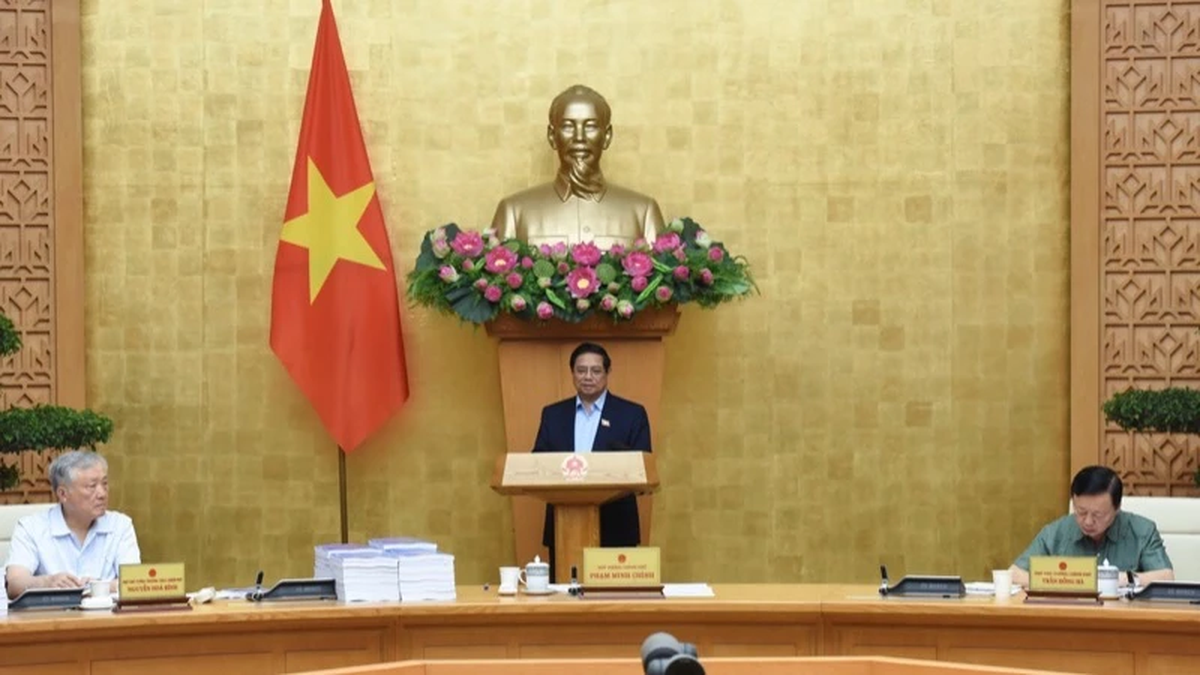
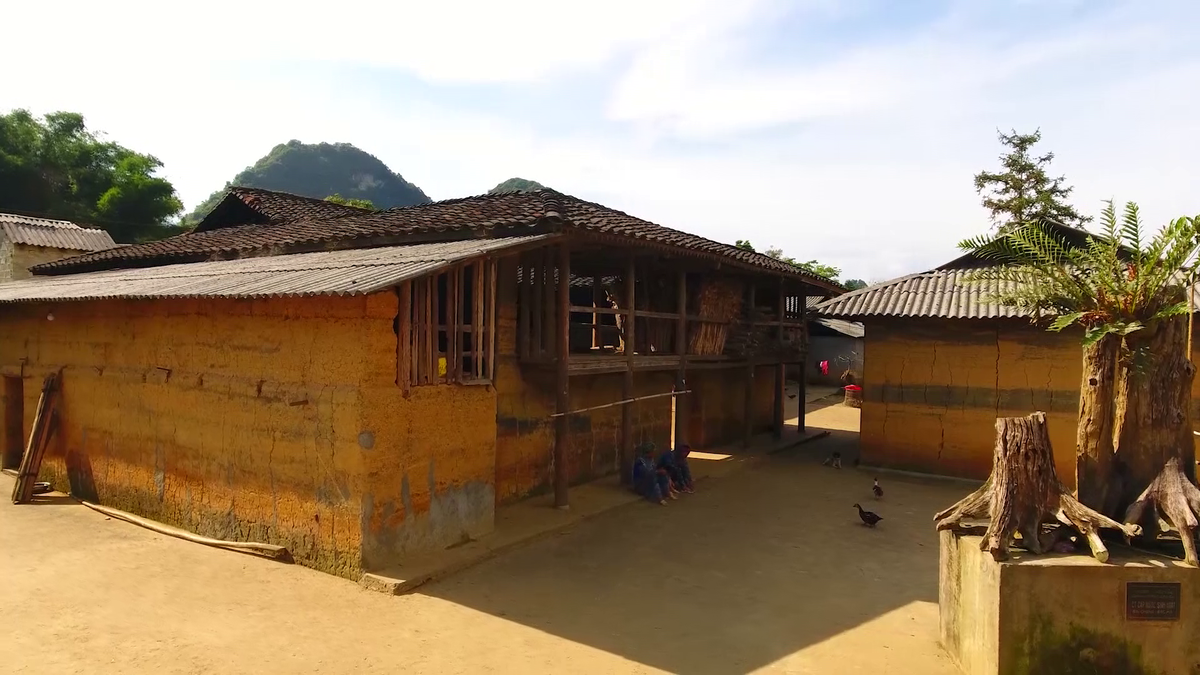
![[Photo] Magical moment of double five-colored clouds on Ba Den mountain on the day of the Buddha's relic procession](https://vphoto.vietnam.vn/thumb/1200x675/vietnam/resource/IMAGE/2025/5/9/7a710556965c413397f9e38ac9708d2f)
![[Photo] Prime Minister Pham Minh Chinh chairs a special Government meeting on the arrangement of administrative units at all levels.](https://vphoto.vietnam.vn/thumb/1200x675/vietnam/resource/IMAGE/2025/5/9/6a22e6a997424870abfb39817bb9bb6c)

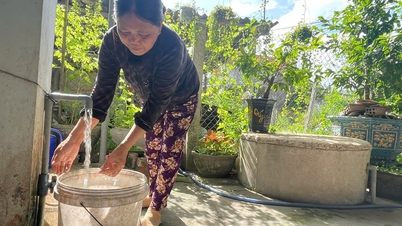
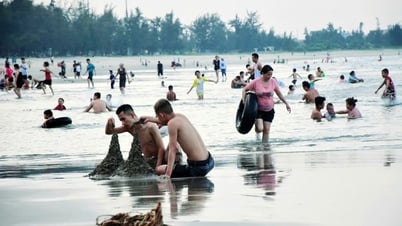
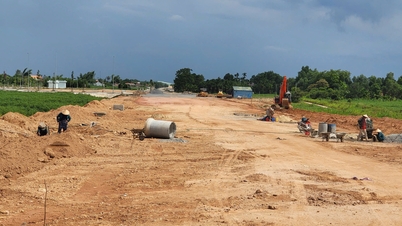


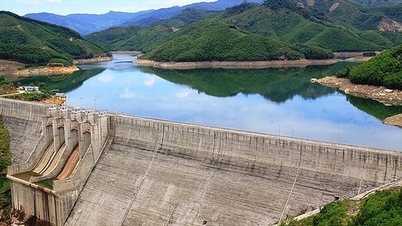
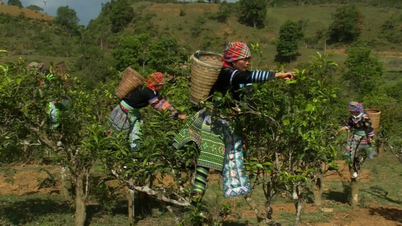

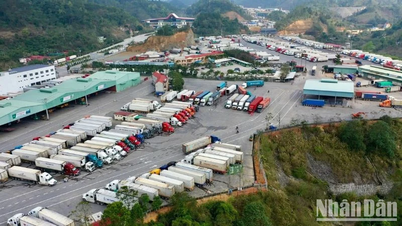
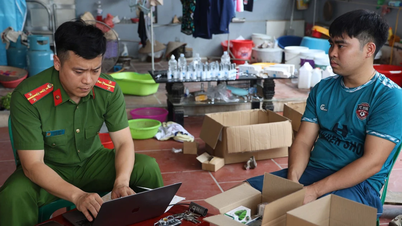

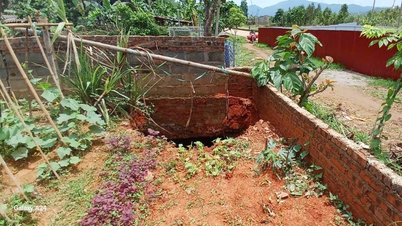





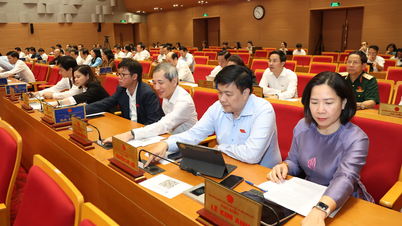

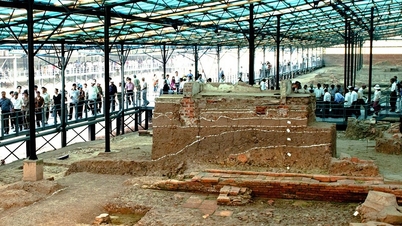
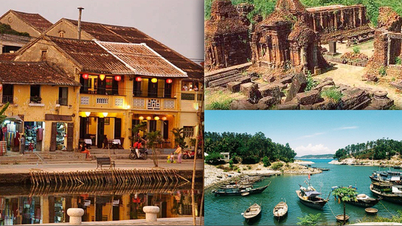
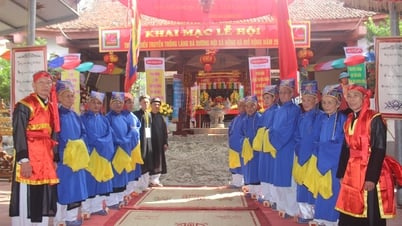

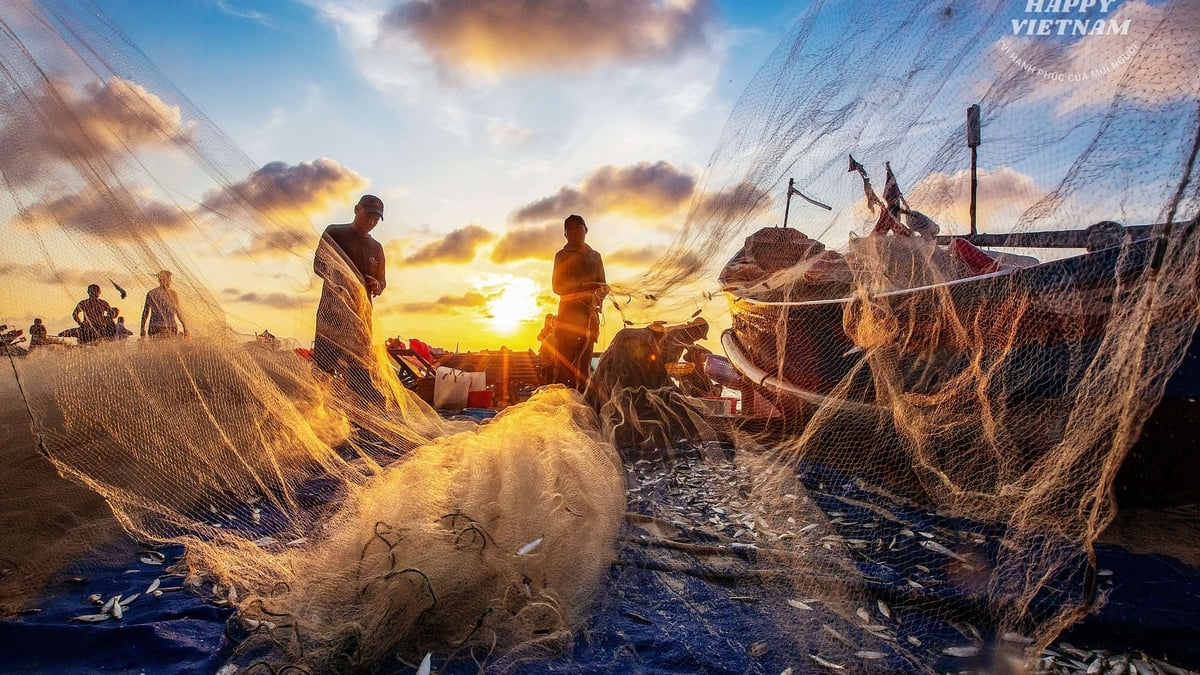








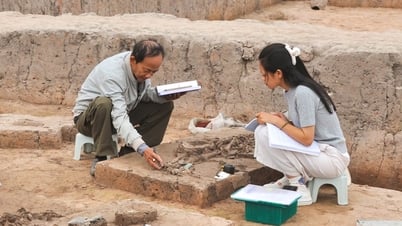











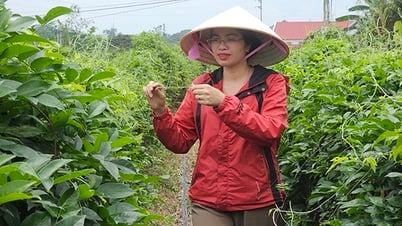








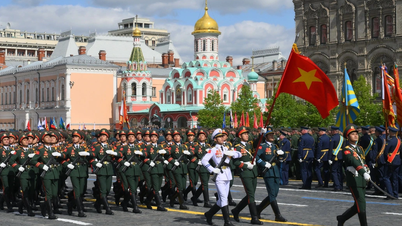
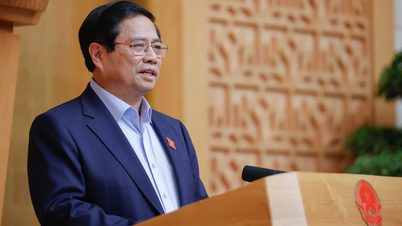
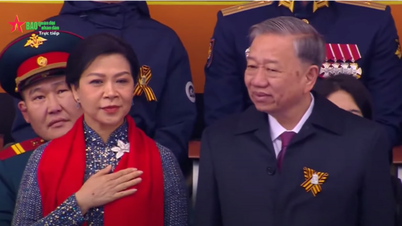


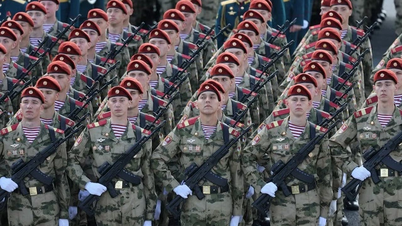
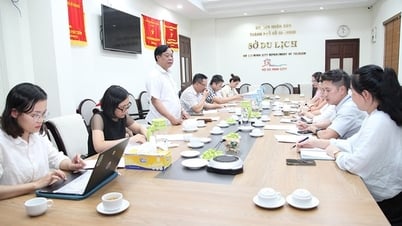

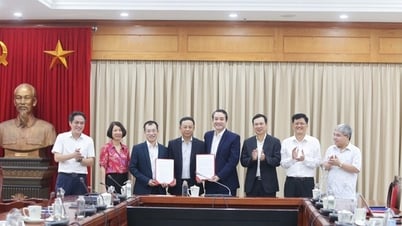

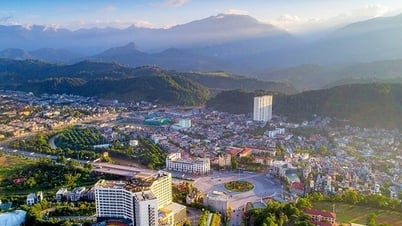
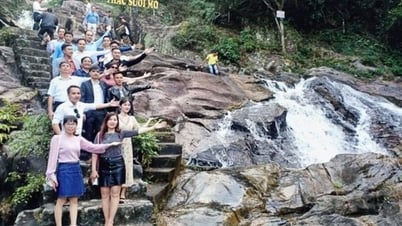




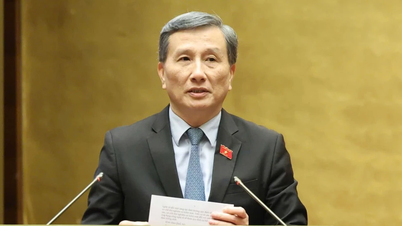



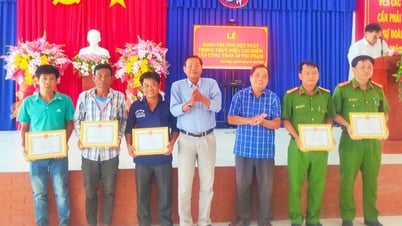

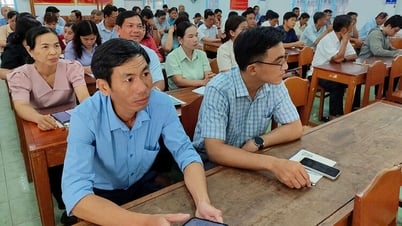
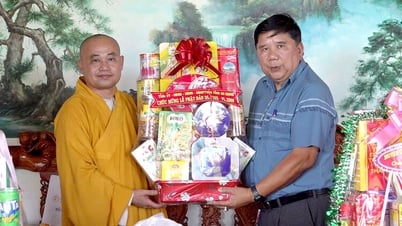










Comment (0)